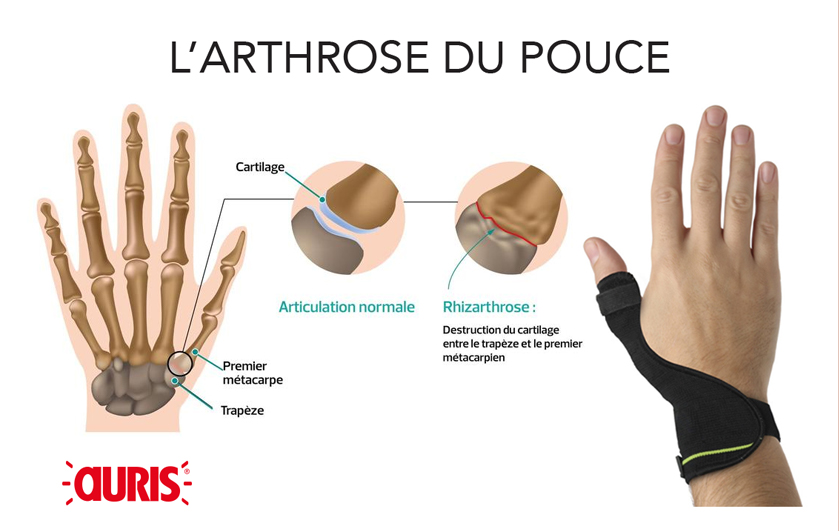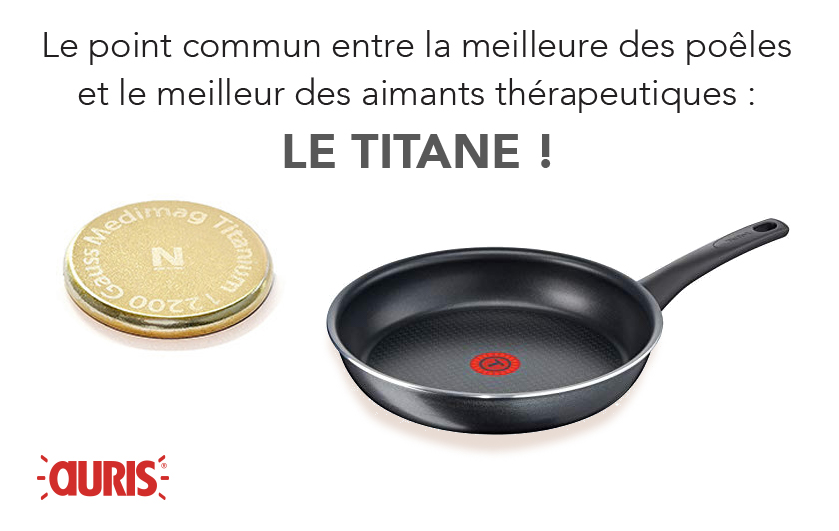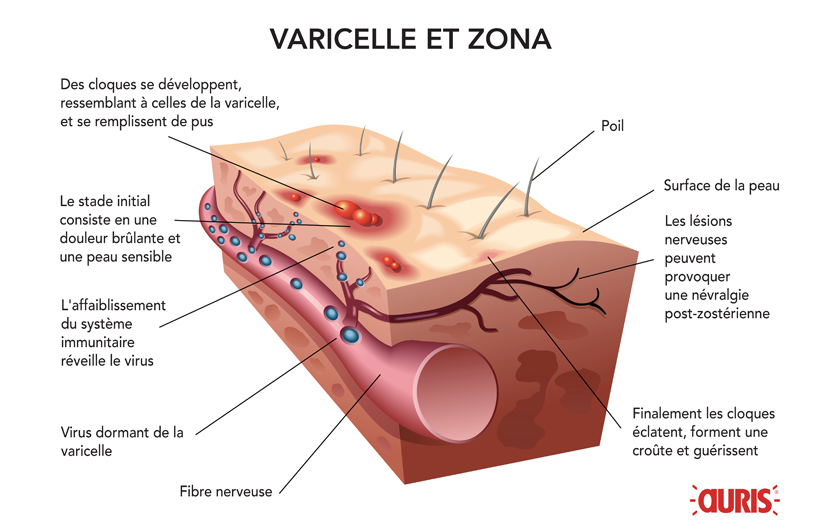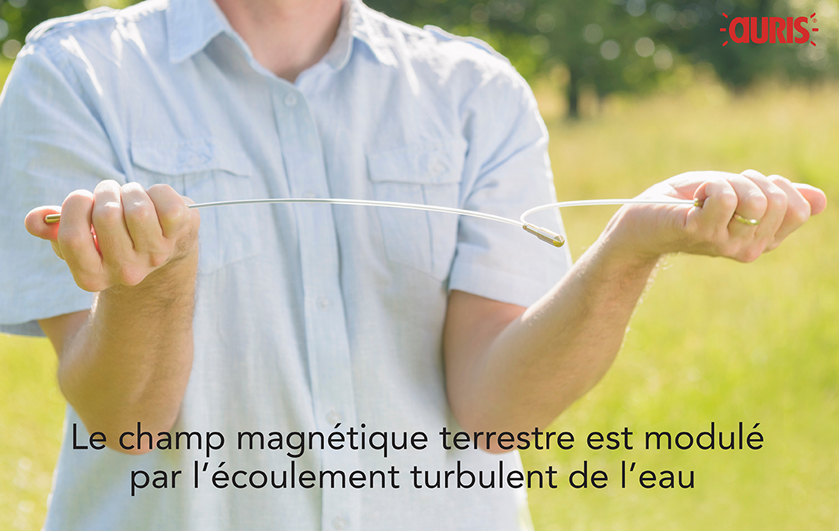Pain in the thumb: what if it's osteoarthritis?
Unscrewing a lid, unbuttoning a jacket, wringing out a cloth... When these repeated gestures cause pain, it's probably rhizarthrosis. From the Greek rhiza, "the root", this osteoarthritis at the base of the thumb corresponds to the progressive destruction of the cartilage of the joint between the trapezium, one of the eight bones making up the wrist, and the first metacarpal. Linked to the wear and tear of time and repetitive movements, but also hereditary and hormonal in origin, it mainly affects women after the menopause.
Sometimes mistaken for tendonitis, rhizarthrosis is easy to diagnose, thanks to a clinical examination confirmed by an X-ray.
The pain, modest at first, often develops in inflammatory flare-ups, then becomes chronic. In the most advanced forms, the joint stiffens and deforms, leading to a loss of strength in the thumb-index clamp, adding a further level of discomfort.
With 3 to 10% of people over 55 affected, the hand is the organ most affected by osteoarthritis, after the knee.
While it is not currently possible to regenerate the destroyed cartilage, symptoms can be relieved by wearing a splint at night.
In magnetic therapy, Auris offers the magnetic fingerstall, a magneto-active splint whose magnets act on the pain in the root of the thumb.
Corticosteroid injections are also frequently used to relieve patients during inflammatory flare-ups. But these have recently been called into question by the European League of Rheumatology (EULAR) for lack of evidence of effectiveness.
When rheumatoid arthritis becomes too disabling, surgery remains the last resort. Two types of surgical operation may then be proposed: trapezectomy, based on removal of the trapezium bone to eliminate the area of joint stress, and fitting of a trapeziometacarpal prosthesis, the miniature equivalent of a hip prosthesis.

Titanium: the best of the healthy coatings!
When the first non-stick frying pan came onto the market in the 1950s, it was something of a revolution. There was no need to scrape the surface after grilling a pork chop - Teflon let everything slide. What's more, it made it possible to cook at high temperatures, which was top of the range for housewives. Unfortunately, it was discovered that PTFE (Polytetrafluorethylene, the other name for Teflon) began to emit a carcinogenic and endocrine-disrupting compound.Today, the best non-stick frying pans use a titanium coating. This coating is completely harmless to food and scratch-resistant.
It's this same coating that makes Medimag Titanium magnets arguably the best therapeutic magnets. The titanium coating is in fact bio-compatible, limiting the risk of allergies as much as possible, unlike the simply gold-coloured magnets of the competition.
The magnet's non-stick surface means that the adhesive can be removed cleanly without leaving any residue.

Is shingles contagious?
The answer is yes. But a person suffering from shingles will not transmit shingles, but rather chickenpox!
In fact, the virus in question, VZV, has the particularity of causing two very distinct illnesses: chickenpox and shingles. The first infection with VZV causes chickenpox," explains Anne Gershon, a paediatrician specialising in VZV at Columbia University Medical Center. The virus then lurks in the nerve cells, where it remains dormant. If the immune system weakens, the latent infection can reactivate. The virus then leaves the neurons and reaches the skin, where it causes shingles.
Shingles occurs in around 30% of people who have had chickenpox, but decades later.
VZV is present in the vesicles that appear on the skin during shingles. It is at this point, before the vesicles form scabs, that the patient is contagious, if they come into direct contact with the lesions (unlike chickenpox, there is no airborne transmission). So be careful: if you're around babies or people who've never had chickenpox, there's a risk!
And to be clear: "You can't catch shingles if you're in contact with someone who has chickenpox. Shingles comes from a virus already present in the body", adds the expert. Two vaccines, Zostavax and Shingrix, are available for people aged 60 and over to prevent the re-emergence of VZV.

Does where you grew up define your sense of direction?
Why do some people find their way more easily than others? According to a study published in the journal Nature, the place where people grow up influences their sense of direction."On average, people who grew up in an urban environment have a poorer sense of direction than those who grew up in a more rural environment", explains Antoine Coutrot, a researcher at the CNRS and co-leader of the team.
The rural environment "involves travelling long distances in a less organised environment", which according to the authors helps to develop the cognitive functions of the sense of direction.
In an urban environment, depending on the city in which they grew up, the scientists noted differences among the participants. Those who grew up in grid cities such as Chicago, Barcelona, Buenos Aires or Montreal had a poorer sense of orientation than those who lived in less symmetrical cities such as London or Paris when they were young. Here again, the reason is undoubtedly that finding your way around a grid city places less strain on the cognitive functions of the sense of direction than in a winding environment.
This just goes to show that you have to work on your sense of direction, through observation and certainly by developing your sensitivity to the Earth's magnetic field. A magnetic field that is more disturbed in urban than in rural areas.
The authors' final observation is that where you live as an adult has no impact on your sense of direction. In other words, when it comes to this faculty, it's all down to childhood!

How does a dowser sense water?
A dowser is someone who claims to be able to detect underground water using a rod or pendulum.
This power of dowsers has never been scientifically proven. Experiments carried out under rigorous conditions have demonstrated the inability of dowsers to do more than choose at random. Yet every day, dowsers successfully guide drilling companies.
So why do dowsers seem insensitive during experiments?
For physicist Yves Rocard, who published "Le signal du sourcier" (The dowser's signal) in 1962, the rod acts as a simple detector of an unconscious trembling of the hands, more or less pronounced, caused by a geophysical variation in the earth's magnetic field. The presence of water underground would modify the magnetic field sufficiently for sensitive people to perceive them.
Bravo Yves, it is indeed the Earth's magnetic field that is the vector of the signal. But for the dowser's biological receptors to be activated, this magnetic field has to be modulated. In nature, water doesn't flow linearly like in a pipe... and that's the difference with experimental set-ups.
It is the chaos of the natural turbulent flow in the ground that modulates the earth's magnetic field and makes it perceptible to the dowser. But how does it work?
Water is a diamagnetic liquid, meaning that when exposed to an external magnetic field, such as the Earth's field, it produces a field of opposite polarity. So there is interaction between the Earth's field and the magnetic field produced by the water.
It is this interaction that reproduces the chaos of the flow and modulates the earth's magnetic field so that it is perceptible.

